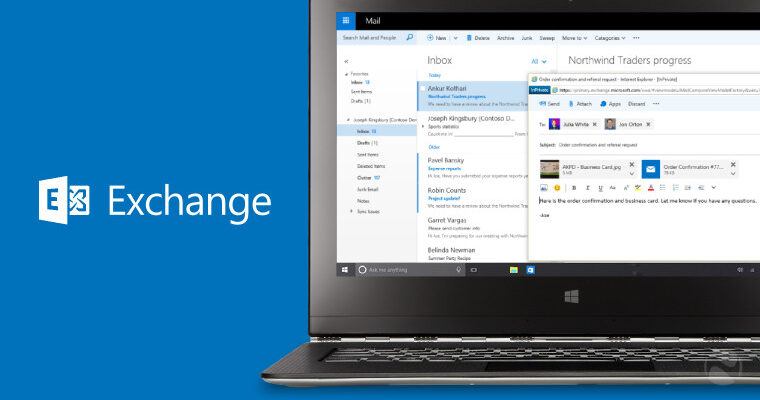Hello All. If you haven’t yet heard the news about this, you probably will eventually. This vulnerability made the news over the long weekend. I thought I would provide a bit of an update. This is another supply chain attack, and is similar in its basic methodology to last year’s SolarWinds attack, with malware installed via an update server.
The Virtual System/Server Administrator (VSA), is software used by Kaseya customers to monitor and manage their infrastructure. It is supplied either as a hosted cloud service by Kaseya, or via on-premises VSA servers. These SaaS VSA servers can be deployed by end-users or by MSPs. Kaseya sends out updates to these VSA servers and, on Friday July 2, an update was distributed that contained REvil ransomware code. It affected fewer than 40 Kaseya VSA customers — but around 30 of them were MSPs, and the code was then sent on to their customers. Potentially thousands of MSP client businesses were infected.
Here is VSA:

Kaseya has released a “Compromise Detection Tool” to detect if an installation has been compromised. All on-premises VSA Servers should continue to remain offline until further instructions from Kaseya about when it is safe to restore operations. A patch will be required to be installed prior to restarting the VSA and a set of recommendations on how to increase security posture.
Here is a listing of various sites that have posted IOCs and/or TTPs:
- Trend Micro – https://success.trendmicro.com/solution/000286890
- McAfee – https://kc.mcafee.com/corporate/index?page=content&id=KB94660&locale=en_US
- Cisco Talos – https://blog.talosintelligence.com/2021/07/revil-ransomware-actors-attack-kaseya.html
- Huntress – https://www.huntress.com/blog/rapid-response-kaseya-vsa-mass-msp-ransomware-incident
- Splunk – splunk.com/en_us/blog/security/kaseya-sera-what-revil-shall-encrypt-shall-encrypt.html


